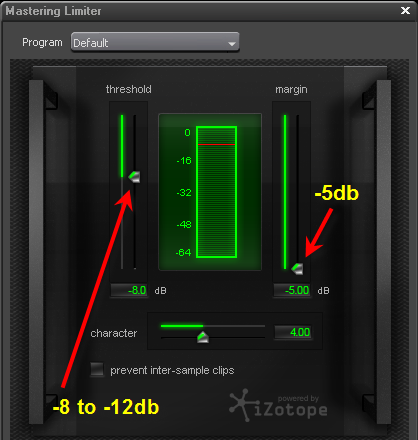I was listening to a song and noticed the drums sounding very compressed/clipped, but when I actually took a look at the waveform, this is how it looks:
 Now I'm wondering whether there is some kind of effect that causes this and also made me believe the sound is clipping, or whether I heard wrong and this is just how the drums are sounding. The red parts look flat, but they still have a lot of high frequencies in them, unlike clipped waveforms would.
Now I'm wondering whether there is some kind of effect that causes this and also made me believe the sound is clipping, or whether I heard wrong and this is just how the drums are sounding. The red parts look flat, but they still have a lot of high frequencies in them, unlike clipped waveforms would.
Could this be caused by some very aggressive compression?

